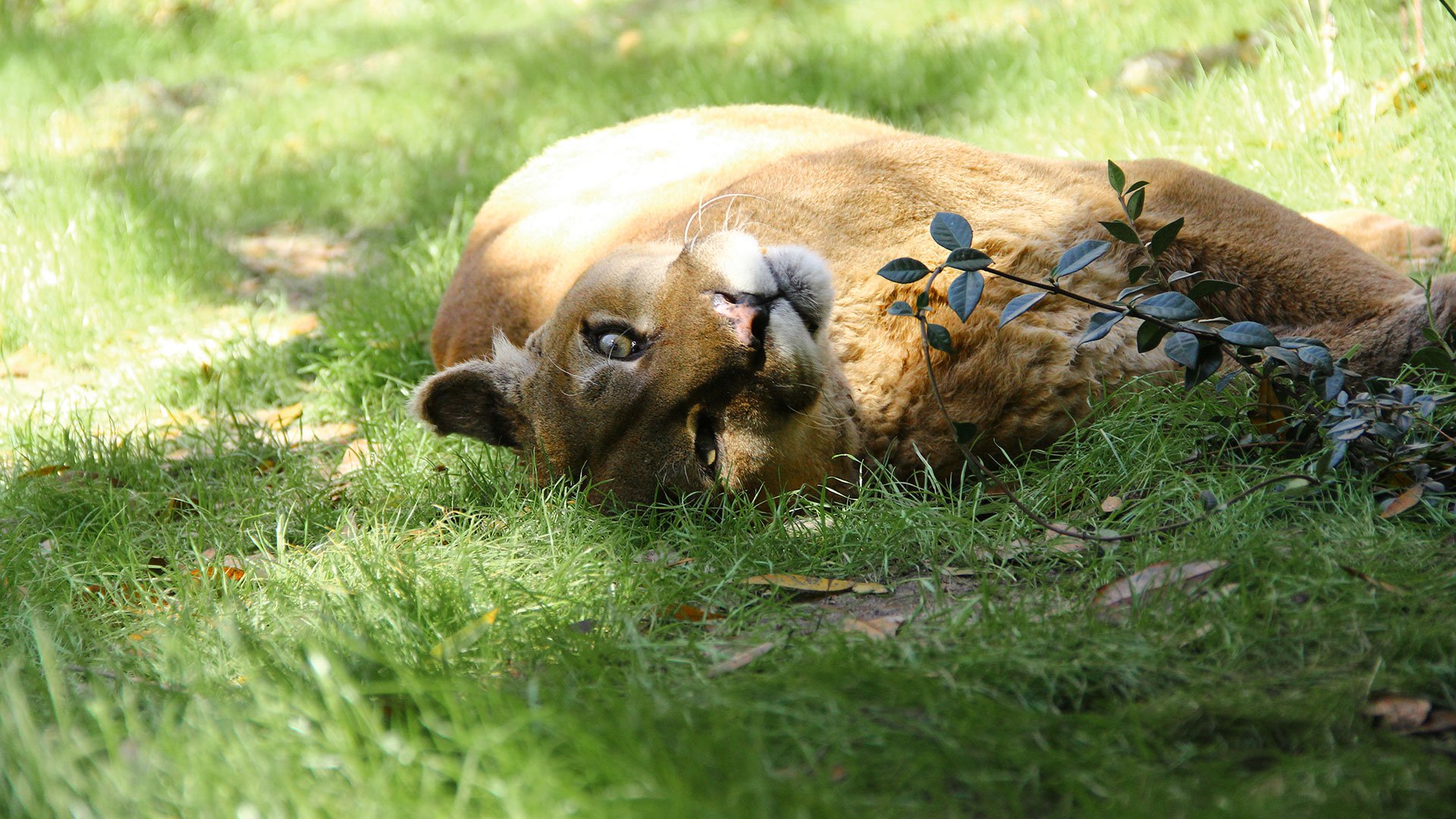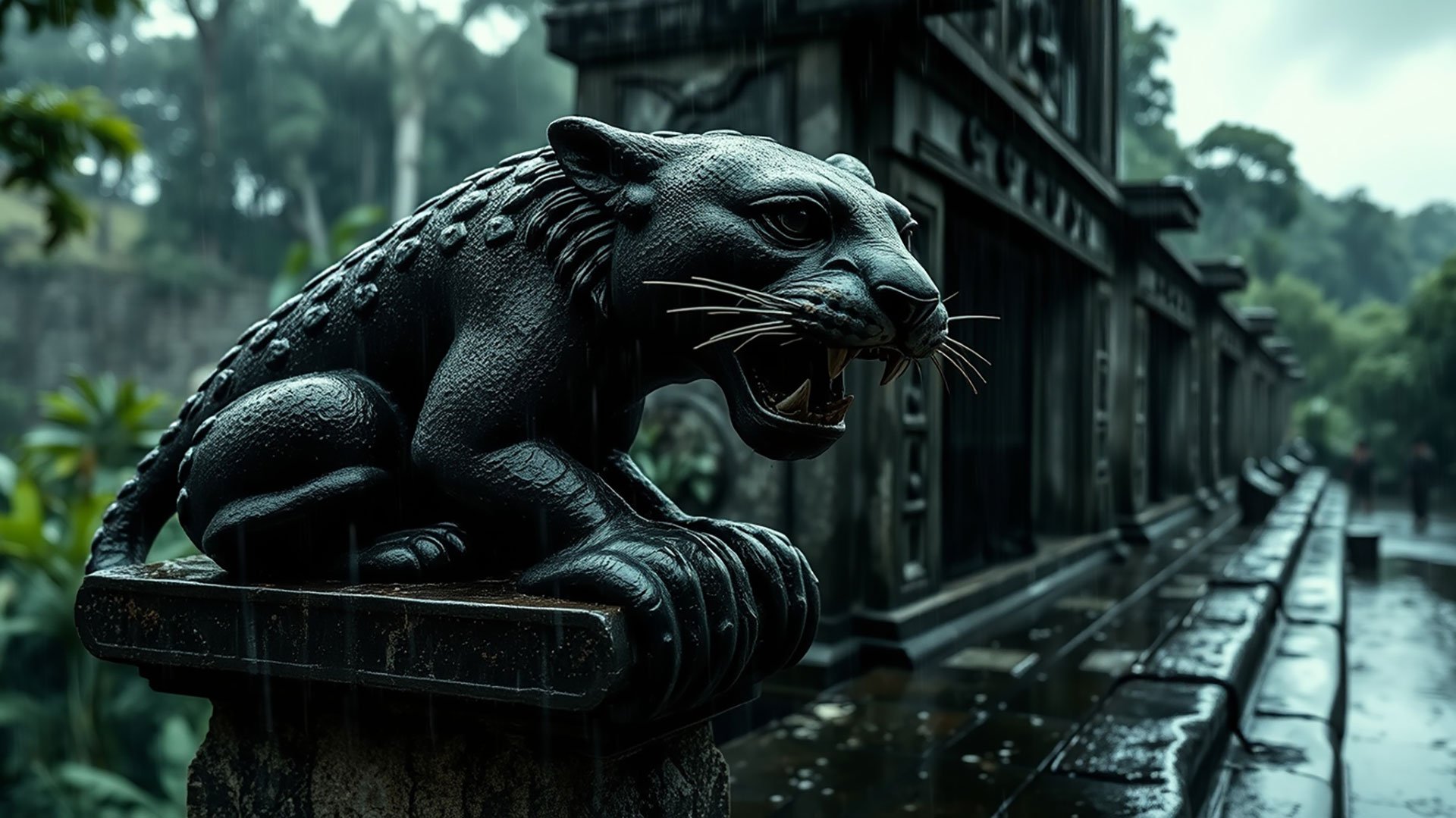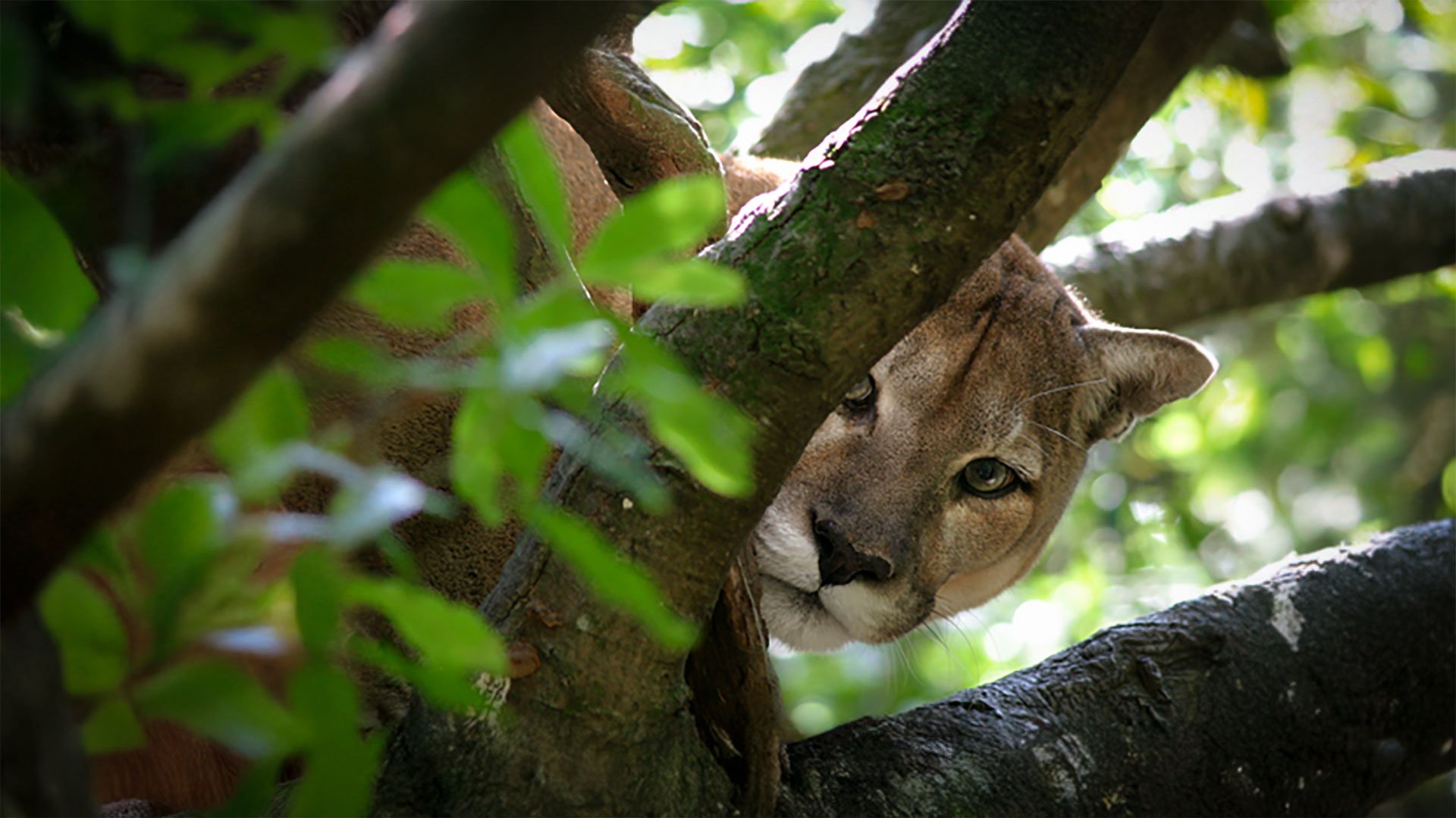Crossroads of Survival: The Urgent Need for Wildlife Corridors in Florida
Imagine this:
A Florida panther, lean and elusive, pads silently through palmetto thickets and cypress hammocks. Overhead, the moonlight flickers between leaves. For 400 miles—yes, four hundred—this lone cat travels from the Big Cypress Swamp in the state’s southwestern wilds, all the way to the Okefenokee Swamp, straddling Florida’s border with Georgia. No fences. No highways. No curious humans.
No one’s ever documented such a journey. But science—and paw prints—suggest it’s happened.
The odds of survival for the Florida panther and its forest neighbor, the black bear, rely on this ability to roam. But what if the landscape that once offered such secrecy and safety was fractured, paved, and parceled off? That’s the very fate these animals face in a state that gains 300,000 new residents every year and loses 60,000 acres of wild land annually to development.
So how does a panther cross the road—and the state—without getting killed? Florida has a bold answer.
The Florida Wildlife Corridor: A Living Lifeline
Turning 15 this year, the Florida Wildlife Corridor isn’t just a network of green dots on a map—it’s a living artery pulsing through the heart of one of America’s fastest-growing states. Spanning 18 million acres, it stitches together a patchwork of wildlands, working ranches, forests, and wetlands. Ten million of those acres are already protected. The other 8 million? They’re under siege from urban sprawl.
And yet, this corridor may be the single most important tool for saving Florida’s wildlife.
Florida panthers, now numbering only about 200, once roamed across the southeastern U.S. But now, their breeding range is confined to southwest Florida. Young males venture north, dodging roads and ranches in search of new territory. One made it as far as Atlanta—only to be shot by a hunter.
Black bears, too, need room to roam—safe routes to find food, mates, and shelter. Without continuous habitat, they become roadkill, or worse, a target when they wander into human spaces.
This corridor isn’t just about animals, though. It’s about us.
The Benefits Run Wild
Beyond biodiversity, the corridor protects Florida’s ecosystem services—those natural perks we often overlook, like clean water, flood protection, and air purification. Wetlands absorb hurricane rains. Forests store carbon. Rivers and aquifers feed our homes and farms. It’s green infrastructure in its truest form.
These benefits aren’t accidental. They’re the result of decades of vision.
It began in the 1980s and ‘90s with visionary conservation scientists at the University of Florida—among them, Thomas Hoctor and Reed Noss, who helped create maps of Florida’s existing and proposed conservation lands. From this, the Florida Ecological Greenways Network was born. But few Floridians knew it existed.
Enter Carlton Ward Jr., a conservation photographer who helped turn science into story. In 2010, he launched the Florida Wildlife Corridor Expedition, trekking across the state with a team of artists and scientists to document this hidden world. Through films, photos, and community outreach, they gave voice to the panthers, bears, grasshopper sparrows, and others clinging to the wild edges of Florida.
The public listened. Lawmakers followed.
A Rare Political Consensus
In June 2021, the Florida Legislature unanimously passed the Florida Wildlife Corridor Act, recognizing the corridor’s importance to the state’s economy, heritage, and future. Since then, hundreds of millions of dollars have been funneled into acquiring new conservation lands and creating easements with private landowners—ranchers, foresters, and tribes who manage their lands sustainably.
This year alone, Florida’s legislature is negotiating a $300–450 million budget for land protection. On April 23, 2025, the Senate even proclaimed April 22 as Florida Wildlife Corridor Day, affirming its importance in safeguarding Florida’s "green infrastructure."
In a polarized era, this level of bipartisan support is as rare as a panther sighting. But it shows what’s possible when science, storytelling, and shared values converge.
The Path Ahead
The fight isn’t over. Much of the corridor remains unprotected. And every passing year brings more concrete and condos. But Florida’s model—a fusion of conservation science, grassroots engagement, and legislative action—can inspire other states and countries.
For the Florida panther and black bear, the corridor is more than a pathway—it’s a promise. A promise that even in a crowded, chaotic world, there’s still room to be wild.
And for those of us watching from the sidelines, it’s a call to act.
Because the wild isn’t something separate from us. It’s the beating heart of this planet—and we’re all connected by its rhythm.
How You Can Help
🟢 Support organizations like Big Cat Rescue, which funds in-situ conservation projects protecting corridors and wildcats around the globe.
🟢 Advocate for similar wildlife corridors in your region.
🟢 If you live in Florida, support state programs like Florida Forever and Rural and Family Lands that protect private lands for public good.
🟢 Share this story. Talk about it. Because awareness builds movements—and movements save species.
Read More: https://www.yahoo.com/news/florida-panthers-black-bears-literal-124549949.html








